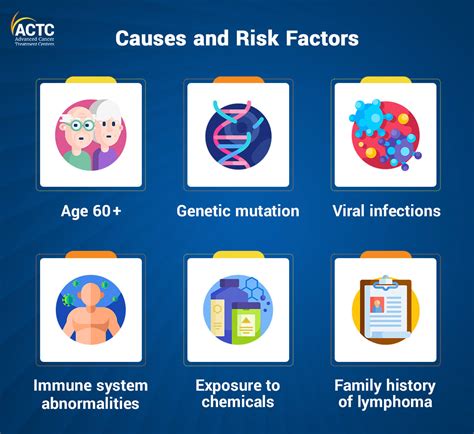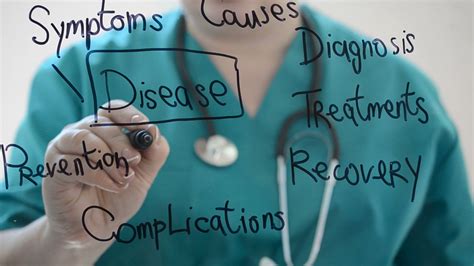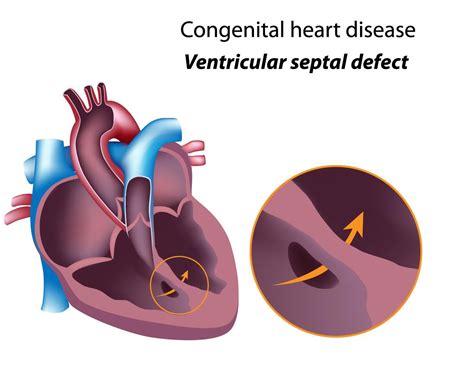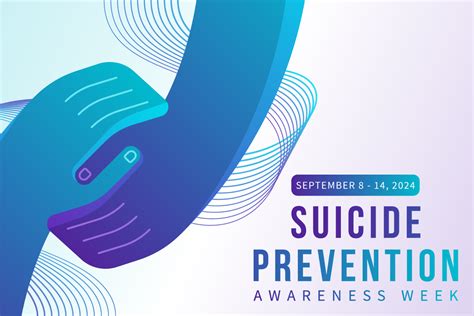Intro
Congenital heart defects are abnormalities in the heart's structure and function that are present at birth. One of the most common types of congenital heart defects is a congenital heart hole, also known as a septal defect. This condition occurs when there is a hole in the wall of tissue that separates the heart's chambers, allowing blood to flow between them. In this article, we will delve into the world of congenital heart holes, exploring their causes, symptoms, diagnosis, treatment options, and more.
The importance of understanding congenital heart holes cannot be overstated. According to the American Heart Association, congenital heart defects affect approximately 1 in every 100 births, making them one of the most common birth defects. Furthermore, congenital heart defects are the leading cause of birth defect-related deaths. By learning more about congenital heart holes, we can better appreciate the complexities of the human heart and the importance of early detection and treatment.
Congenital heart holes can have a significant impact on a person's quality of life. If left untreated, these defects can lead to serious health complications, such as heart failure, arrhythmias, and even death. However, with advances in medical technology and treatment options, many people with congenital heart holes are able to lead active and healthy lives. In this article, we will explore the various aspects of congenital heart holes, providing readers with a comprehensive understanding of this complex condition.
Causes and Risk Factors

Types of Congenital Heart Holes
There are several types of congenital heart holes, each with its own unique characteristics and symptoms. The most common types include: * Atrial septal defects (ASDs): These occur when there is a hole in the wall of tissue that separates the heart's upper chambers (atria). * Ventricular septal defects (VSDs): These occur when there is a hole in the wall of tissue that separates the heart's lower chambers (ventricles). * Atrioventricular septal defects (AVSDs): These occur when there is a hole in the wall of tissue that separates the heart's upper and lower chambers.Symptoms and Diagnosis

Diagnosing congenital heart holes typically involves a combination of physical examinations, medical imaging tests, and other diagnostic procedures. These may include:
- Echocardiogram: This is a non-invasive test that uses sound waves to create images of the heart.
- Chest X-ray: This test uses X-rays to create images of the heart and lungs.
- Electrocardiogram (ECG): This test measures the heart's electrical activity.
Treatment Options
Treatment for congenital heart holes depends on the size and location of the defect, as well as the individual's overall health. Some common treatment options include: * Watchful waiting: Small defects may not require treatment, and the individual may be monitored regularly to ensure that the defect does not worsen. * Medications: Medications may be prescribed to help manage symptoms and prevent complications. * Surgery: In some cases, surgery may be necessary to repair or close the defect. * Catheter-based procedures: These are minimally invasive procedures that use a catheter to repair or close the defect.Living with Congenital Heart Holes

Coping with Emotions
Receiving a diagnosis of a congenital heart hole can be emotional and overwhelming. It is essential to seek support from family, friends, and mental health professionals. Some coping strategies may include: * Joining a support group * Practicing stress-reducing techniques, such as meditation or yoga * Seeking counseling or therapy * Connecting with others who have experienced similar conditionsPrevention and Awareness

Raising Awareness
Raising awareness about congenital heart holes is crucial for promoting education, research, and support. Some ways to get involved include: * Participating in awareness campaigns and events * Sharing personal stories and experiences * Donating to organizations that support congenital heart defect research and awareness * Volunteering with organizations that provide support and resources to individuals and families affected by congenital heart defectsWhat are the most common types of congenital heart holes?
+The most common types of congenital heart holes are atrial septal defects (ASDs), ventricular septal defects (VSDs), and atrioventricular septal defects (AVSDs).
What are the symptoms of congenital heart holes?
+Common symptoms of congenital heart holes include shortness of breath, fatigue, pale or blue-tinged skin, poor appetite, and failure to thrive.
How are congenital heart holes diagnosed?
+Congenital heart holes are typically diagnosed using a combination of physical examinations, medical imaging tests, and other diagnostic procedures, such as echocardiograms, chest X-rays, and electrocardiograms (ECGs).
What are the treatment options for congenital heart holes?
+Treatment options for congenital heart holes depend on the size and location of the defect, as well as the individual's overall health, and may include watchful waiting, medications, surgery, or catheter-based procedures.
How can I cope with the emotional impact of a congenital heart hole diagnosis?
+Coping with the emotional impact of a congenital heart hole diagnosis may involve seeking support from family, friends, and mental health professionals, practicing stress-reducing techniques, and connecting with others who have experienced similar conditions.
As we conclude this comprehensive overview of congenital heart holes, we invite you to share your thoughts, experiences, and questions in the comments below. If you or someone you know is affected by a congenital heart hole, we encourage you to reach out to a healthcare professional for guidance and support. By working together, we can promote awareness, education, and research, ultimately improving the lives of individuals and families affected by these complex conditions.
